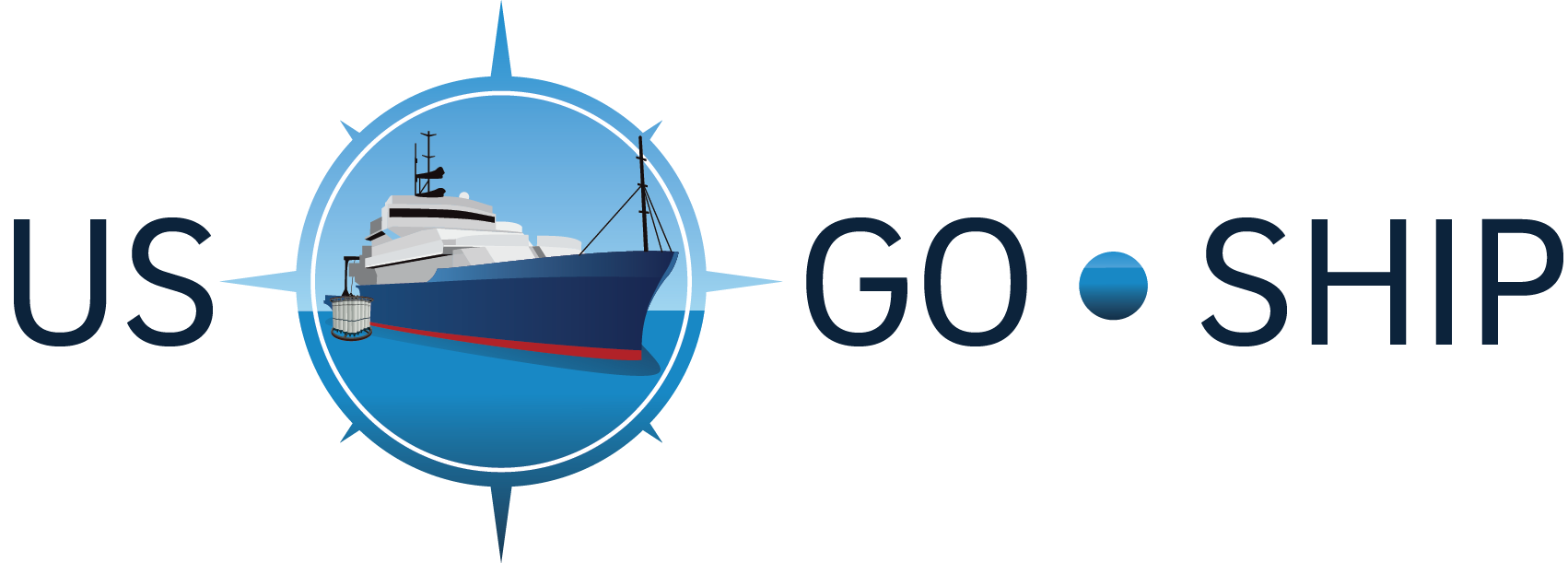From Leticia Barbero and Carmen Rodreguez **(Co-Chief Scientists)
Ahoy land-dwellers!
This week started off with an issue around the carousel of the rosette. The carousel
is the mechanism that triggers the closing of bottles (bottle tripping) in the rosette
(see pic below). On a couple of stations, problems with communication in the
rosette prevented the surface bottle from tripping. It was determined that there was
damage to the bulk connector of the carousel, which could have forced us to switch
to our spare 24-bottle carousel (thus losing some of our vertical resolution).
Eventually the connector was repaired and we now have reliable communication
with the rosette during the casts. We were also able to keep using the Y-cable that
allows communication between the carousel and the SBE35 reference temperature
sensor. Special kudos to the ODF team, especially Sergey, Matt, Ted and Courtney,
for committing to diagnosing the problem and fixing the connection with minimal
loss of time.
On the same note, we have been forced to take Niskin 12 out of the rosette because
the magnet operating the trigger mechanism is damaged and the bottle was not
tripping. Given that we are now moving towards shallower depths (all the stations
deeper than 4500m are now behind us), we think that the science objectives will not
be significantly impacted.
On this week’s report we want to highlight some of the work being done as an
ancillary project of our regular GO-SHIP work. Scientists from UC Irvine and the
Bigelow Laboratory for Ocean Sciences are conducting biological experiments using
the ship’s underway water line as well as CTD samples. The samples will be
analyzed back on land to determine Particulate Organic Carbon, Nitrogen and
Phosphorous (POC, PON and POP, respectively). POP in particular had never been
measured in these waters prior to our cruise. They are looking at differences in
C:N:P ratios and anticipate that because the South Indian Ocean Subtropical Gyre is
a nutrient poor region, the C:P ratio will be higher here than in regions such as the
equatorial upwelling region, for example. Other samples are collected from the
underway waterline to determine the surface phytoplankton community, and the
presence of genes indicating key nutrient sources. The group is also conducting
incubation experiments to determine nutrient uptake rates. This will allow them to
know whether microbes are using different nutrient sources (nitrate, ammonia or
phosphate, for example). These studies are carried out in combination with results
from trace metal analyses (we are doing roughly one trace metals cast per day) and
data from our CTD nutrient samples.
In the plot below, there is a representation of the preliminary nitrate concentration
values measured so far on the cruise and the location of 2 regional stations, where
more intense biological sampling has taken place. One more regional station is
planned close to 5 degrees North.
Amanda Fay, one of our CTD watch-standers modified a Matlab program previously
coded by Seth Travis and Natalie Freeman (CTD watch-standers on I08S), that
allows us to have a look at the weather conditions predicted along our track. We
continue to enjoy low waves and great weather, and from the privilege of our calm
waters, we can appreciate the weather maps and watch as a huge storm with
predicted wave heights of up to 10 meters forms off the coast of Madagascar.
